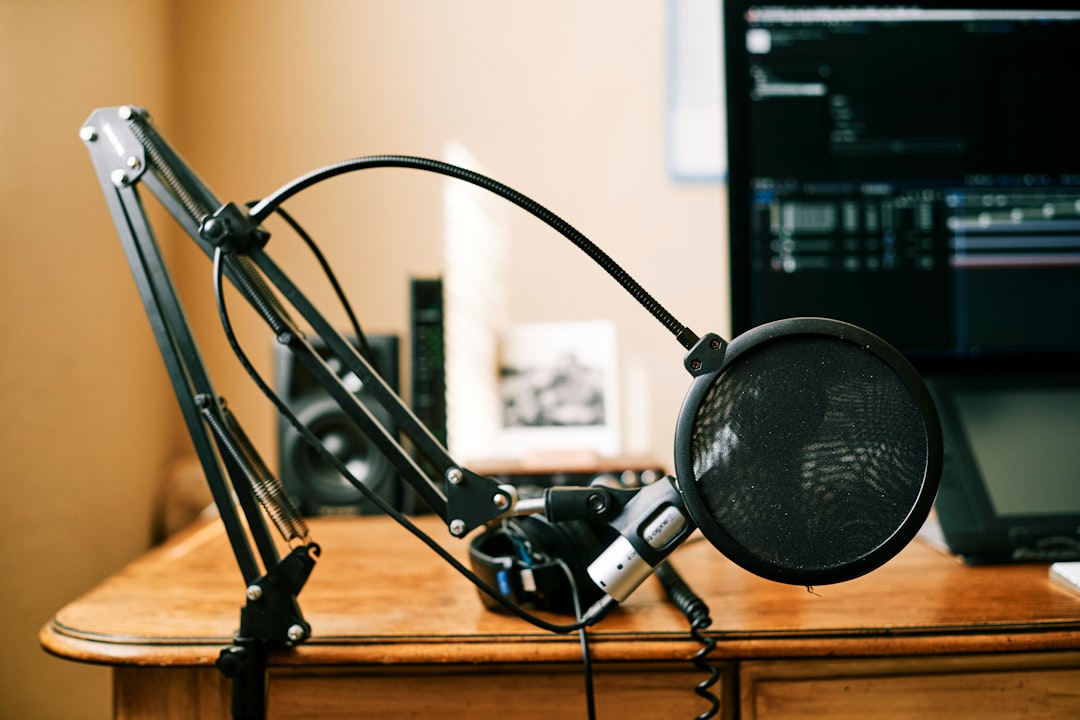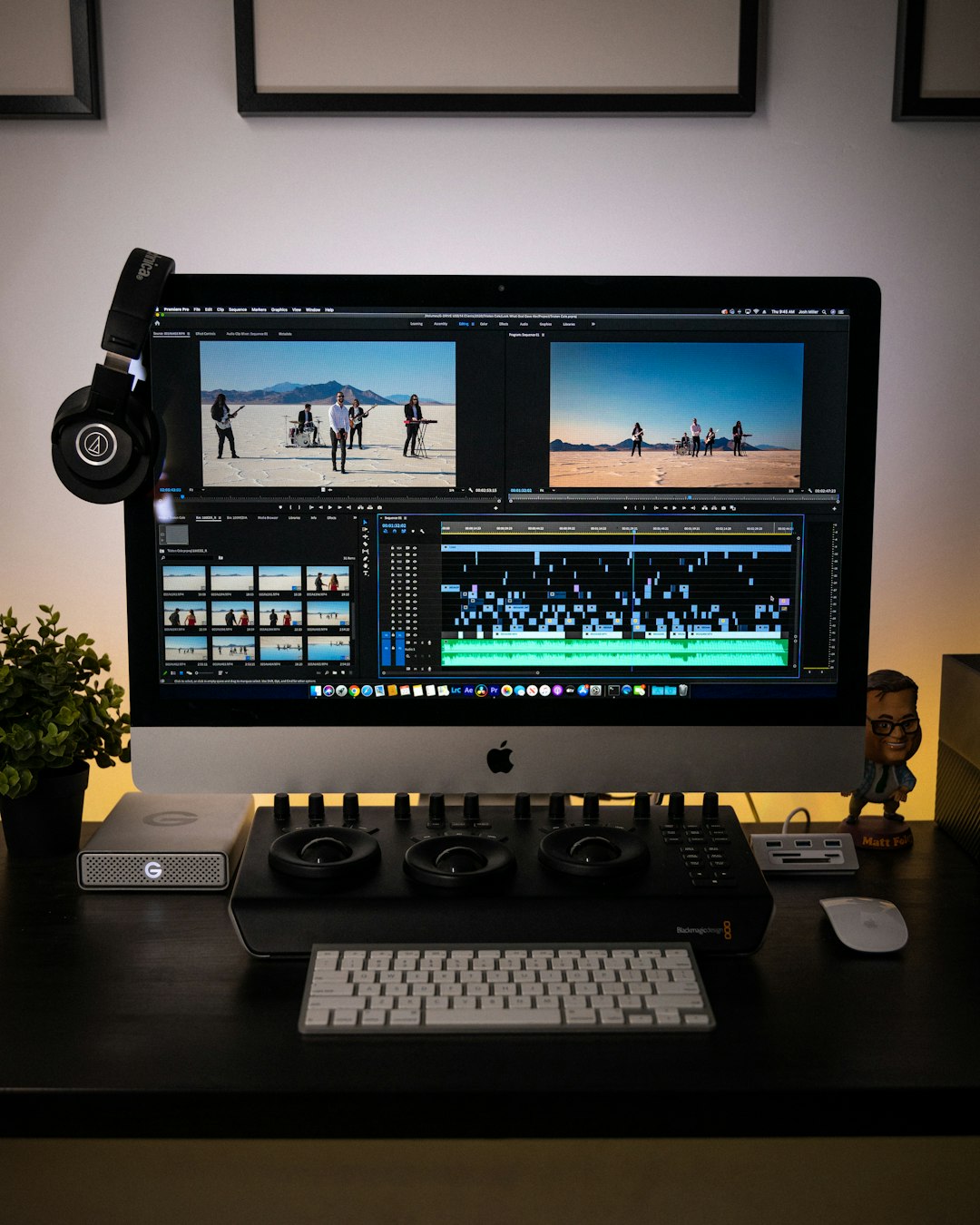In today’s digital age, podcasts have exploded in popularity, and so has the demand for snackable, engaging content derived from them. With the rise of social media platforms like Instagram, TikTok, LinkedIn, and YouTube Shorts, short-form video has become the dominant currency to drive engagement. For AI-themed podcasts or podcasts produced with the help of AI tools, it’s crucial to learn how to create engaging clips that will capture attention and spark curiosity.
Creating successful AI podcast clips requires more than just trimming audio; it’s about storytelling, visuals, and analytics—blended expertly to fit the fast-paced nature of social platforms. Below is a comprehensive guide on how to create attention-grabbing AI podcast clips that boost reach, build your brand, and keep your audience coming back for more.
1. Know Your Audience and Platform
Before you dive into editing or clipping, define your audience. Are they tech enthusiasts? AI researchers? Entrepreneurs? Knowing your demographic helps tailor the content tone and complexity level.
Choose the right social media platforms to target:
- Instagram Reels: Great for 15–60 second impact-driven clips with strong visuals and subtitles.
- TikTok: Ideal for storytelling, memes, and quick educational takes on AI topics.
- YouTube Shorts: Excellent for snippets that dive into informative or intriguing AI discussions.
- LinkedIn: Best for longer format or more intellectual content, ideal for careers and industry trends in AI.
2. Select Powerful Moments
The heart of an engaging clip lies in the moment you choose to share. This could be an insightful explainer, a controversial opinion, or a surprising fact about artificial intelligence.
When reviewing your podcast, mark timestamps where:
- An expert shares a bold opinion (e.g., “AI will replace humans in 10 years”)
- There’s a clear, standalone question and answer (Q&A format works well)
- The tone becomes emotional or humorous
- Lists or “3 things you need to know about AI” are shared
Ensure the segment can stand alone and make sense without too much background info. Recap it or add a quick text hook if necessary.
3. Use AI-Powered Editing Tools
A growing number of tools make editing podcast clips faster and smarter. AI editing tools can automatically transcribe, cut filler words, insert captions, and even recommend highlights.
Some popular AI tools include:
- Descript: Auto transcribes your podcast and lets you edit it like a document.
- Wisecut: Smartly removes silences and enhances audio for clarity.
- VEED.io: Offers stylized captions and easy-to-use templates for social clips.
- Adobe Podcast: AI-enhanced audio clean-up that makes your sound ultra-professional.
These tools help streamline your workflow and offer templates specifically designed for vertical, short-form content.

4. Design for Visual and Audio Engagement
It’s not enough to have great audio—social users scroll fast and judge within seconds. Your visuals should hook them instantly. Here’s how to optimize visual presentation:
- Add engaging captions: Use bold, animated text with different colors for keywords. Over 85% of people watch videos without sound.
- Include speaker name and title: This builds credibility instantly.
- Use cutaways and stock footage: AI metaphors or robotics can add dimension and interest.
- Incorporate emojis and sound effects: Especially on platforms like TikTok, to add humor and relatability.
Great audio design involves clear sound quality, minimal background noise, and ideally, a music bed to support storytelling. If using music, ensure it fits the vibe and doesn’t overpower the speaker.

5. Hook Viewers in the First 3 Seconds
You only get one chance at a first impression. The first 3–5 seconds of your AI podcast clip are the most critical. Your hook should either:
- Ask a bold question: “Can AI read your mind?”
- Share a shocking fact: “This AI model has a 90% accuracy rate in predicting criminal behavior.”
- Use a meme or trending audio format: Combine AI insights with pop culture familiarity.
Add text such as “Wait for it…” or “You won’t believe this…” if the first few seconds build into a climax. Don’t forget to end with a CTA like “Follow for more AI insights” to encourage engagement.
6. Optimize Formatting for Platforms
Each social platform has different specs and cultural expectations. Here are a few general formatting tips:
- Use vertical video (9:16) for TikTok, Instagram Reels, and YouTube Shorts.
- Keep clips between 15–60 seconds. Most platforms prioritize shorter content with high retention.
- Ensure subtitles are readable on mobile devices—large fonts and high-contrast colors work best.
- Include a branded watermark or logo to protect your content and build recognition.
7. Analyze and Iterate
Once your clips are live, it’s critical to analyze performance. Check engagement metrics like watch time, shares, comments, and follower growth. Let that data inform future content decisions.
Also, A/B test clip formats—for example:
- One clip with text overlays vs. one without
- Clips ending with a question vs. ending with a CTA
- Clips featuring different hosts or guest types

8. Repurpose and Schedule Smartly
Don’t let content go to waste! A single podcast episode can produce:
- 3–5 short clips
- 1 quote graphic
- 1 highlight reel or teaser for YouTube
- 1 carousel for LinkedIn or IG
Use scheduling tools like Buffer, Hootsuite, or Later to plan posts and distribute content over weeks. Add AI-powered analytics tools like Metricool or Sprout Social to optimize timing and platform-specific hashtags.
FAQ: Creating Engaging AI Podcast Clips for Social Media
-
Q1: How long should an AI podcast social media clip be?
A: Aim for 15–60 seconds, depending on the platform, with TikTok and Instagram favoring shorter lengths. -
Q2: Do I need video footage of the speakers?
A: No, but having video adds a human element. If not possible, use waveform animations, stock videos, or illustrations. -
Q3: What if my podcast is very technical?
A: Break down complex topics into simplified snippets. Use analogies or quick explainers to make content digestible and relatable. -
Q4: Is it okay to use the same clip on multiple platforms?
A: Yes, but tailor format and captions for each platform’s culture and specs. -
Q5: How often should I post clips?
A: Consistency is key. Aim for 2–4 clips per week for optimal impact, depending on your content output.
By following these strategies and leveraging the power of AI tools, podcasters can create captivating, scroll-stopping content for social media that not only promotes the podcast but builds a lasting digital footprint in the growing AI conversation.



